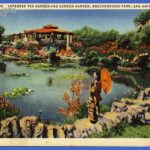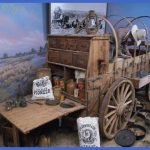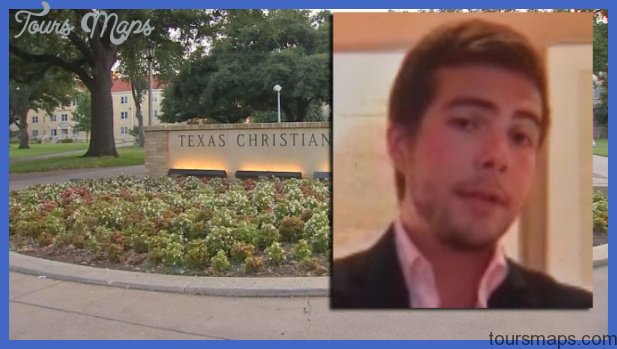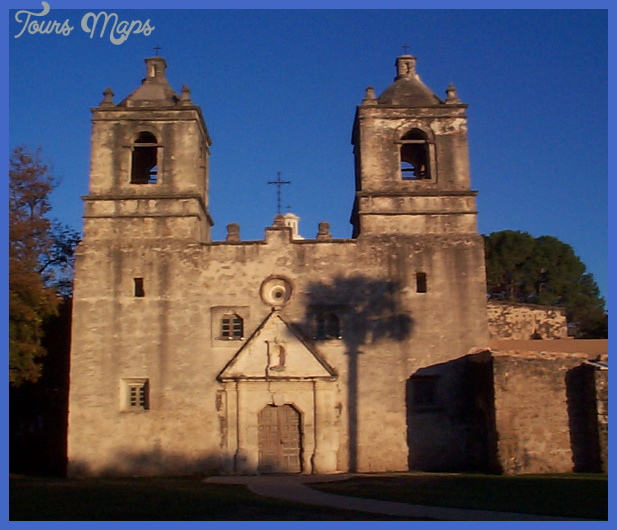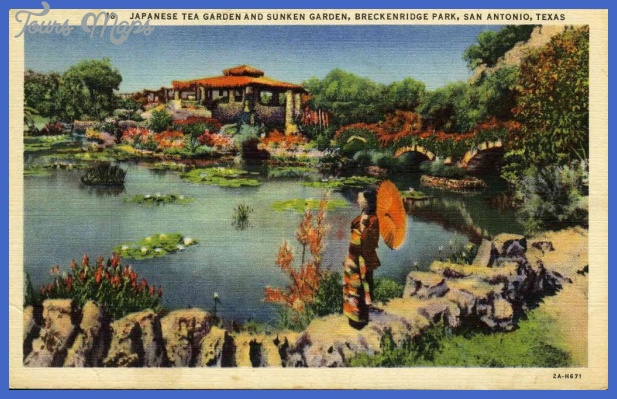The contributions of Mexican Americans to Texas culture are reflected in the cultural mestizaje of the overall populace. Probably the most popular Latino art form is found in music. Having at its core the corrido, or ballad, the art form is based on earlier ballads from southern Spain. Peaking in popularity during the late nineteenth and early twentieth centuries, corridos relayed the conflicts and heroes of South Texas.
Modern mariachi music known for the use of guitars, violins, and brass originated with smaller regional string groups of late-eighteenth-century Mexico.
In the nineteenth century, the groups gained popularity, especially in Jalisco. Voices were added, and performers donned the traje de charro (Jalisco cowboy outfit). By the early twentieth century, mariachi music had arrived in Texas and became particularly popular in South Texas and San Antonio, where it was performed regularly in the central plaza, La Plaza del Zacate. Today mariachi music is found all over Texas and is taught at some public schools and universities.
Musica. nortena, also known as conjunto music, was an outgrowth of musica Tejana. Nortena music represents a historically based fusion of Spanish and Mexican music. Nineteenth-century French-European dance music styles are filtered through modern and contemporary Mexican and American popular music; the style differs from Tejana music in its use of the German accordion, brought in by nineteenth-century Bohemian settlers of central Texas. Always popular on ranches in the 1930s, the style was widely distributed via the radio and, as the desire for the music grew, appeared in dance halls. Today the style is exemplified by the work of three-time Grammy winner Flaco Jimenez. The Tejano Conjunto Festival has been organized every year since 1982 by the Guadalupe Cultural Arts Center in San Antonio. The Houston band La Mafia, which received Grammy awards in 1996 and 1997, has repopularized nortena music across the United States and Mexico.
These popular music forms have put Texas Latino performers on the map. While traditional ballads and folk songs remain celebrated by many performers, artists like Tish Hinojosa have successfully blended and modified these forms to fit the popular music genre. El Paso native Vikki Carr has received three Grammys for her Spanish-language albums (1985, 1992, 1995), and Corpus Christi’s Selena Quintanilla received one in 1995. Most recently, Los Lonely Boys won a Grammy for Best Pop Vocal Performance by a Duo or Group.
During the second part of the twentieth century, visual artists from Texas also realized some success. During the Chicano Movement of the 1960s, Latino artists organized themselves into art networks. One of the most successful of these, Con Safo (1972-1975), was organized in San Antonio by art historian Jacinto Quirarte and artist Melasio Casas. This collective, dedicated to promoting the work of Chicano artists regionally and nationally, organized many small exhibitions that included their work. After the breakup of the group, a short-lived spin-off, Los Quemados, greatly enhanced the careers of now-famous artists such as Santa Barraza, Carmen Lomas Garza, Cesar Martinez, and Amado Pena.
Local political pressure and national recognition of Tejano artists have resulted in the development of Latino culture centers and galleries in major cities across the state. In 1984 the Guadalupe Cultural Arts Center opened its doors in San Antonio’s largely Latino west side. Although it formed as a multidisciplinary center, the organization directed most of its efforts toward the visual arts, and the site has hosted many notable exhibitions. It has also provided space for classes
taught by some of San Antonio’s most prominent artists, such as Kathy Vargas, Avalerio Longoria, and Jorge Pena. Other arts centers followed San Antonio’s lead. Among these, Mexic Arte and Galena sin Fronteras in Austin, both of which opened in the 1980s, have proven to be two of the most long-lived. More recently, in 2003, the Latino Cultural Center in Dallas opened its doors to a variety of artists in the literary, theatrical, musical, and visual-arts fields. In 2007, San Antonio launched the opening of the largest Latino museum in the nation, the Museo Alameda. This Smithsonian-affiliated museum is dedicated to the display of Latino arts and history.
The state’s distinctive cuisine, known as Tex-Mex food, was introduced early in the colonial period as a hybrid of Spanish and Native American food. The ranching culture of South Texas provided the core ingredients of many dishes: beef and cabrito (kid goat). These are supplemented by variously prepared pinto beans, rice, and tortillas. Among the innovative dishes served in restaurants and at taquerias throughout the state are chili con carne, chimichangas, fajitas, and hard-shell tacos. Fried tortilla chips served as an appetizer with picante sauce or pico de gallo (chopped onions, tomatoes, and chilies) are also Tejano innovations.
Texas cultural contributions Photo Gallery
Maybe You Like Them Too
- The Best Cities To Visit in The World
- World’s 10 Best Places To Visit
- Coolest Countries in the World to Visit
- Travel to Santorini, Greece
- Map of Barbados – Holiday in Barbados




